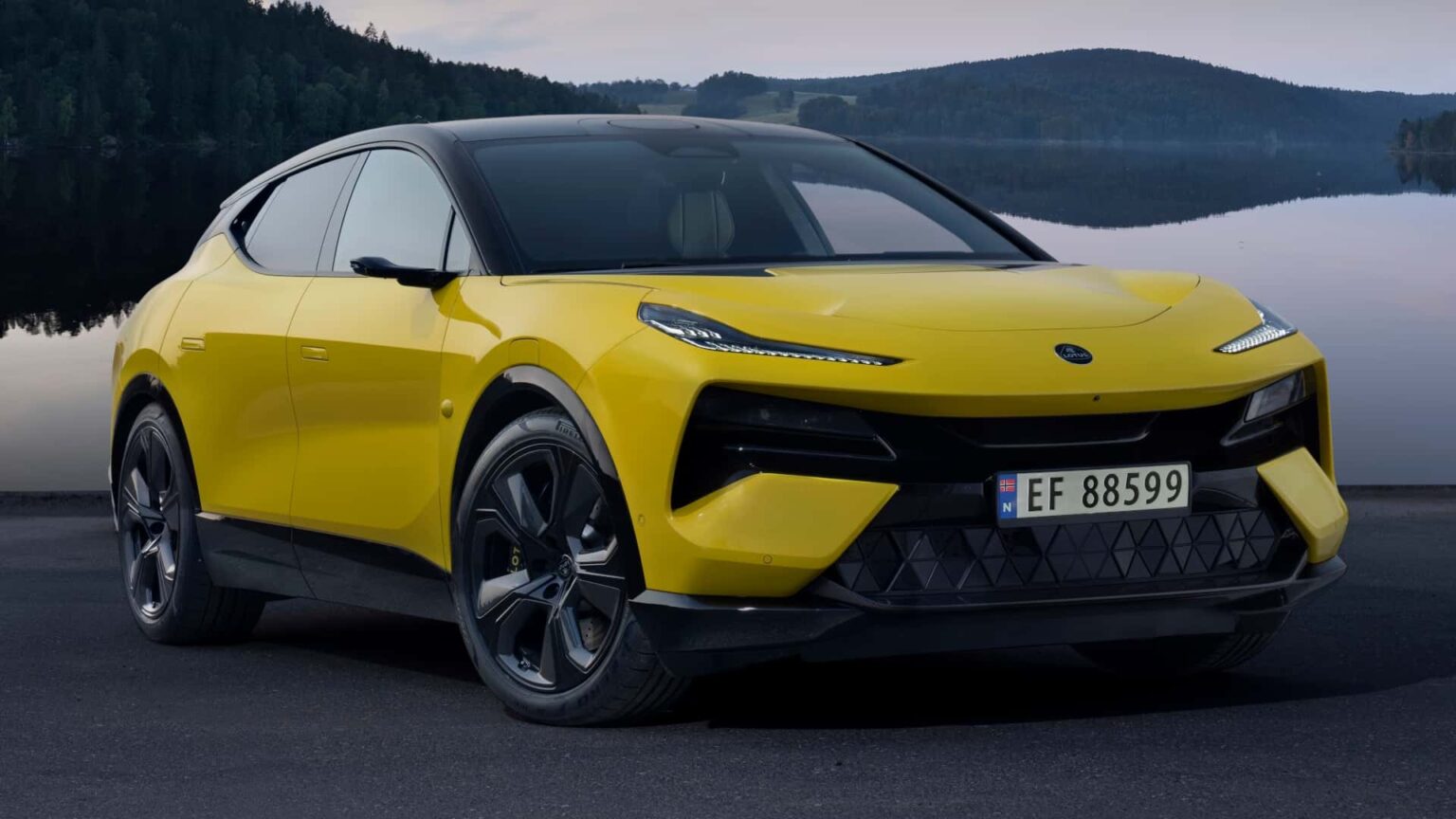Should I take the grey car or dare to go yellow? Should I go for green or black? How often have you asked yourself this question when imagining your new car?
The trends of the moment are highlighted in the BASF Color Report, the chemical company’s annual analysis of colour trends in the automotive industry, with results that are anything but predictable. So let’s find out what the trends were in 2024.
More colour on cars
Let’s start with a certainty: today’s cars are more colourful. While it is true that for years white dominated the world’s roads, more recently, while still the most popular shade, it is giving way to more sophisticated choices.
Alongside the usual grey and black, the real surprise of 2024 came from warm colours: yellow, for example, doubled its global market share and was chosen by Fiat for the launch of the Grande Panda. Even green has returned to the top of the charts after years in the shade.
There are clear signs of an evolution in drivers’ tastes, which could also be linked to people’s different attitudes following the pandemic. Periods of uncertainty often lead to a search for reassuring elements, and in this respect bright and warm colours such as yellow and green have established themselves as symbols of positivity and rebirth.
|
Most popular colours on cars worldwide in 2024 |
Percentage |
| White | 34% |
| Black | 22% |
| Grey | 17% |
| Silver | 8% |
| Blue | 7% |
| Red | 4% |
| Green | 2% |
| Yellow | 1.5% |
| Brown | 1% |
| Beige | 1% |
| Purple | 1% |
| Gold | 0.5% |
EMEA: the return of beige and warm shades
Looking at the issue continent by continent, Europe, the Middle East and Africa continued to be dominated by neutral tones last year, with grey and black being the most popular.
In 2024, the most popular colour in Europe was beige, which is back in fashion and almost doubled its market share. A choice that could be described as ‘sophisticated’, conveying elegance without being overly flashy.
Green, which we mentioned earlier, also continued to gain consensus, confirming itself as one of the most interesting colours for the future. On the other hand, it was white, although still very popular, and blue that lost the most market share in 2024 – more generally across EMEA.
Americas: grey is the new white
White also lost ground in the United States and South America, losing up to five percentage points of the total. However, in contrast to the rest of the world, it was grey that grew the most, up 10%, once again proving to be a colour particularly suited to large cars in this part of the world, including SUVs and long saloons, combining elegance and versatility.
At the same time, black declined slightly, especially in the US, while blue and green gained ground, albeit slowly.
Photo by: Dodge
Asia-Pacific: black dominates, but yellow follows
Speaking of black, if there is one colour conquering the Asian market, it is this one. Defined by various local manufacturers as elegant and timeless, it has gained a further 2% in consumer preference, in contrast to white, which has also taken a back seat.
Remaining in Asia, the real surprise in 2024 came from yellow, which literally doubled its market share and was even used by many local manufacturers in the presentation of new cars.
At the same time, more subtle shades such as pastels have slowly made their way into the market, especially for electric vehicles where colour plays a key role in the perception of sustainability and innovation.
Photo by: MG Motor
The most popular colours in used cars
When choosing the colour of your car, you should also think about its future resale value. Recent studies have shown that bright colours such as yellow and orange tend to hold their value better on the used car market, but only in certain countries such as the United States.
Photo by: Hyundai
The situation is different in Europe. Here, too, black and white are among the most popular colours, but because of their wide availability on the used car market, they are the ones that depreciate a car more quickly.
Read the full article here


